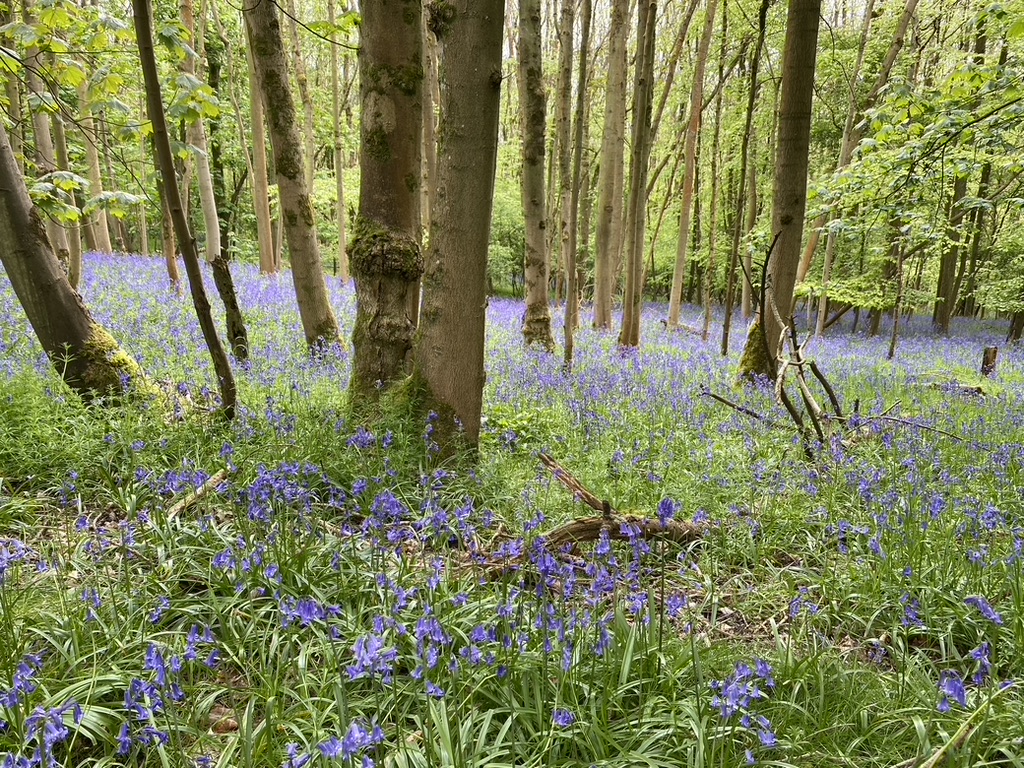Hyacinthoides non-scripta - Queens Wood Cleeve Hill
Mixed deciduous forest with Fagus and Acer with a carpet of Hyacinthoides non-scripta. Bluebells are a common indicator species for ancient woodlands, and most bluebell woods are likely to date back to the 1600s at least. Almost half the world's bluebells are found in the UK, and it's against the law to pick, uproot or intentionally destroy bluebells. Colonies like this take a long time to establish – with around five to seven years needed to get from seed to flower. Colonies also take years to recover after footfall damage, and if a bluebell’s leaves are crushed, they die back as they can no longer photosynthesise. Hence why this wood is private and fenced off. All photos are taken on the perimeter.
The bluebell bulb contains muselage and inulin, which was used as glue for fixing feathers to arrows and for bookbinding. The Elizabethans also used the starch-like juice to stiffen ruff collars.




Comments
Post a Comment